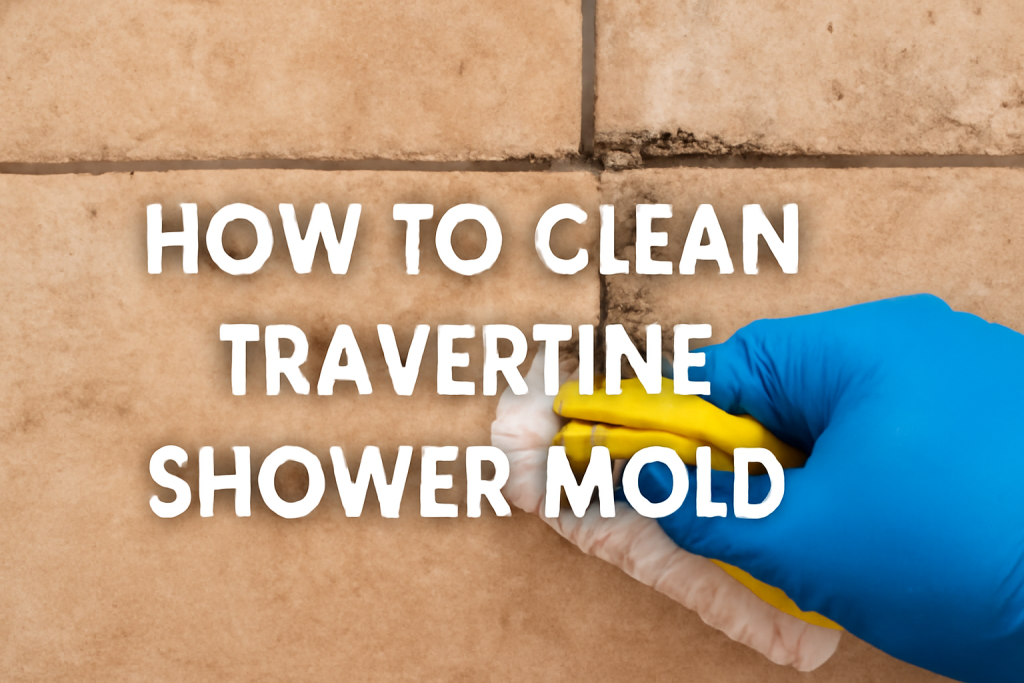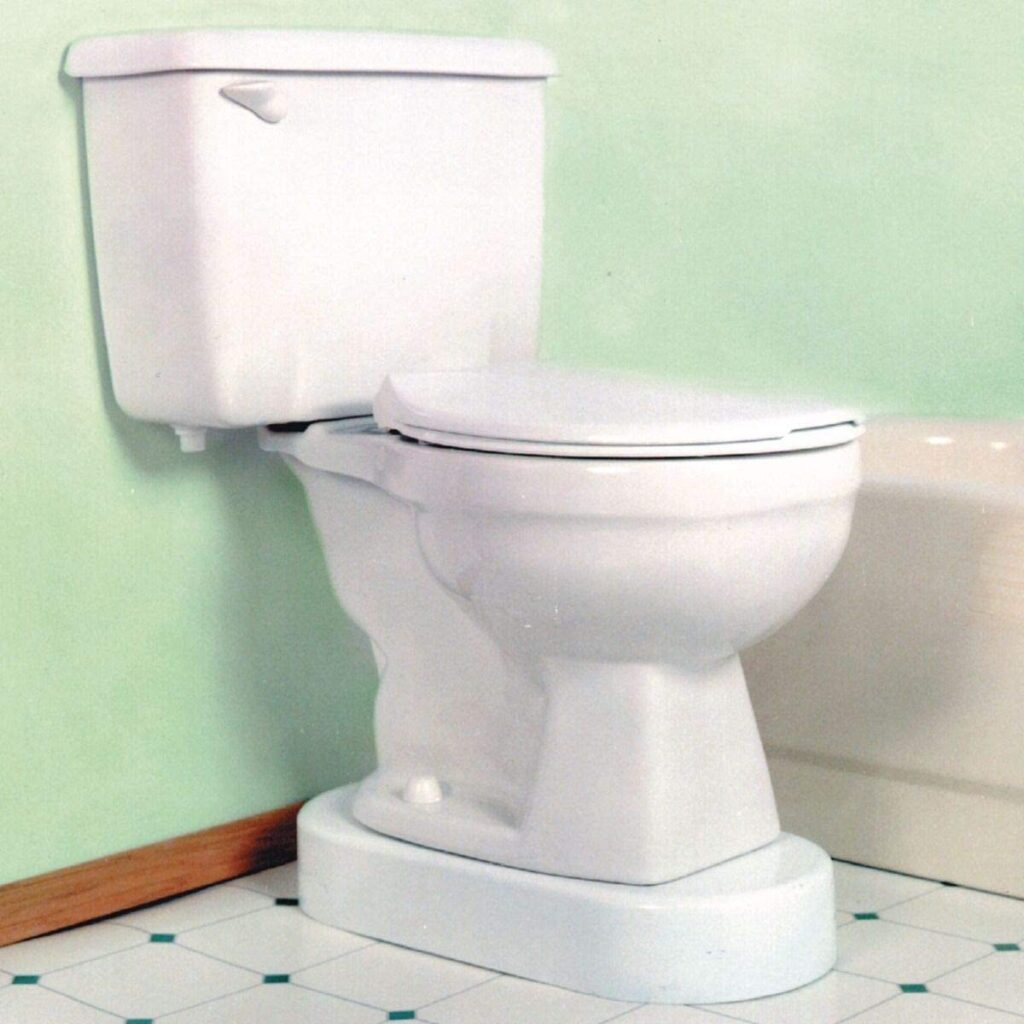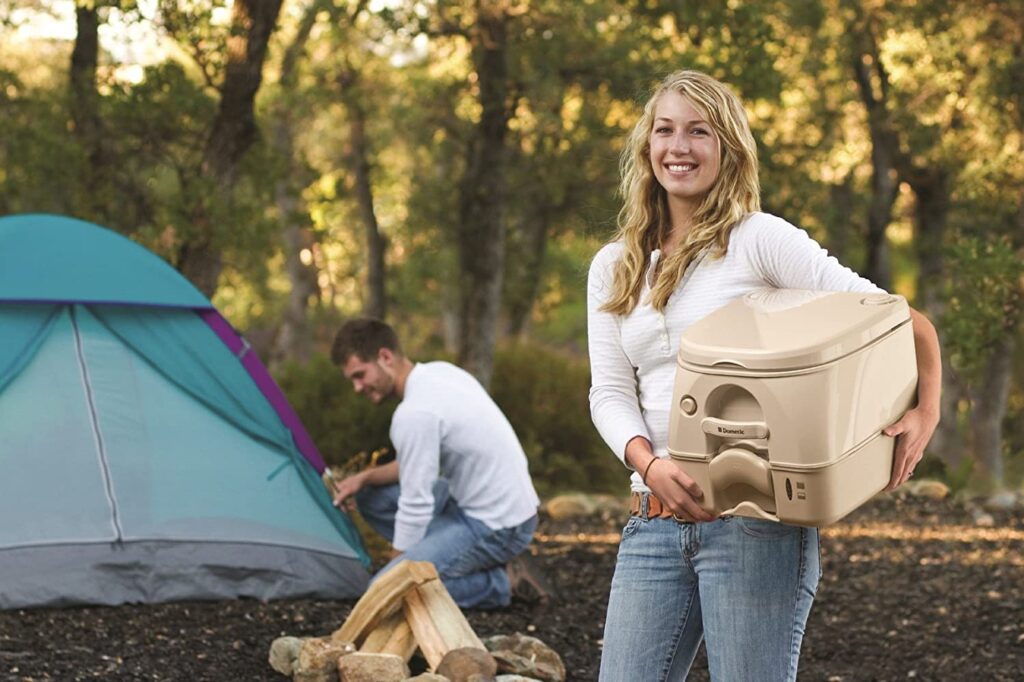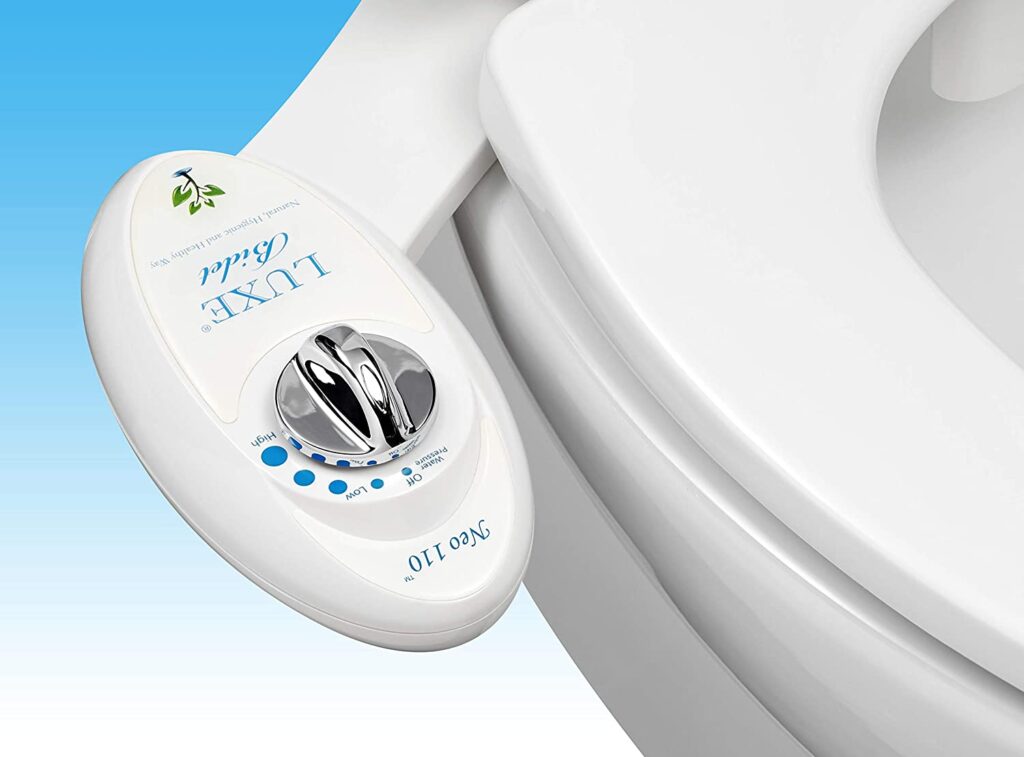 Travertine showers add a luxurious, natural look to your bathroom. But over time, moisture and humidity can invite unwanted mold growth into the porous surface of the stone. If you’re wondering how to clean travertine shower mold safely without damaging your investment, this guide is for you.
Travertine showers add a luxurious, natural look to your bathroom. But over time, moisture and humidity can invite unwanted mold growth into the porous surface of the stone. If you’re wondering how to clean travertine shower mold safely without damaging your investment, this guide is for you.
We’ll walk you through what not to do, what tools to use, and the best step-by-step process to remove mold from natural stone like travertine without causing harm.
Table of Contents
Why Travertine Requires Special Care
What Is Travertine?
Travertine is a natural limestone that’s commonly used in showers, floors, and walls for its elegant and timeless appearance. However, its porous structure makes it vulnerable to mold, mildew, and water stains, especially in damp areas like showers.
Common Mistakes When Cleaning Travertine
- Never use vinegar or bleach: These acidic or harsh cleaners can etch and discolor the stone
- Avoid abrasive scrubbers: Steel wool or stiff brushes can scratch the finish
- Don’t skip sealing: Unsealed travertine absorbs moisture more easily, encouraging mold regrowth
What You’ll Need to Clean Mold on Travertine
Safe Cleaning Supplies
- pH-neutral stone cleaner (look for “stone-safe” or “for natural stone”)
- Hydrogen peroxide (3%) for stubborn mold spots
- Baking soda (optional, for creating a paste)
- Soft bristle brush or sponge
- Spray bottle
- Microfiber cloths
- Stone sealer (optional for post-cleaning protection)
Product Suggestions
- StoneTech Mold & Mildew Remover – Formulated for natural stone
- Granite Gold Daily Cleaner – Non-toxic and safe for travertine
- Black Diamond Stoneworks Cleaner – Great for shower mold removal on stone
Step-by-Step: How to Clean Mold Off Travertine Showers
Step 1 – Dry the Area First
Before starting, ensure the shower area is completely dry. Use a fan or open a window to ventilate. Mold thrives in damp environments, so drying the space slows its spread.
Step 2 – Apply a pH-Neutral Cleaner
Spray your stone-safe cleaner directly on the moldy sections of your shower. Let it sit for 5–10 minutes. This will help loosen the mold without damaging the stone’s surface.
Step 3 – Scrub Gently
Using a soft-bristle brush or non-abrasive sponge, scrub the mold in small circular motions. Focus on grout lines and etched areas where mold hides. Avoid using pressure that could scratch the surface.
Step 4 – Rinse the Surface Thoroughly
Use clean, warm water and a microfiber cloth to rinse away the cleaner and mold residue. Leaving residue behind can cause streaks or attract more buildup.
Step 5 – Spot Treat With Hydrogen Peroxide
For stubborn mold spots that don’t come off, dampen a cotton ball or cloth with 3% hydrogen peroxide and dab directly onto the affected area. Let it sit for 10–15 minutes. Rinse thoroughly.
Note: Hydrogen peroxide is safer than bleach and won’t damage sealed travertine when used correctly.
Step 6 – Dry the Area Completely
After cleaning, dry the area fully using a fresh microfiber towel. Travertine must be kept dry to prevent future mold growth.
How to Prevent Mold on Travertine in the Future
1. Keep the Area Well-Ventilated
Use an exhaust fan during and after showers. Open the door or window to allow air to circulate and moisture to escape. Less humidity = less mold.
2. Wipe Down the Shower After Use
A quick daily wipe with a microfiber cloth can make a huge difference. This prevents moisture and soap scum from building up in textured stone.
3. Seal the Travertine Regularly
Apply a breathable stone sealer every 6 to 12 months. This creates a barrier that makes it harder for water and mold to seep into the surface.
Recommended product: Miracle Sealants 511 Impregnator Sealer
FAQs
Q1: What is the safest way to clean mold off a travertine shower?
Use a pH-neutral, stone-safe cleaner with a soft brush. Avoid vinegar, bleach, or harsh chemicals, which can damage travertine.
Q2: Can I use hydrogen peroxide on travertine?
Yes, 3% hydrogen peroxide can be safely used as a spot treatment on sealed travertine. Always rinse thoroughly and avoid overuse.
Q3: Why shouldn’t I use vinegar or bleach on travertine?
Vinegar and bleach are acidic and can etch or discolor natural stone surfaces like travertine. Always stick to pH-neutral solutions.
Q4: How often should I seal a travertine shower?
Sealing is recommended every 6 to 12 months to protect against moisture and mold. Use a breathable, stone-safe sealer.
Q5: What’s the best way to prevent mold from coming back?
Dry the shower after each use, ensure good ventilation, and maintain a weekly cleaning routine using non-acidic, natural stone cleaners.
Final Thoughts: Keep Your Travertine Mold-Free
Mold on travertine doesn’t mean you have to give up on natural stone—you just need to treat it differently than ceramic or glass. With a little patience and the right tools, you can remove shower mold from travertine without damaging its beauty.
Stick with pH-neutral cleaners, non-abrasive tools, and regular maintenance, and your shower will stay stunning and sanitary for years to come.






